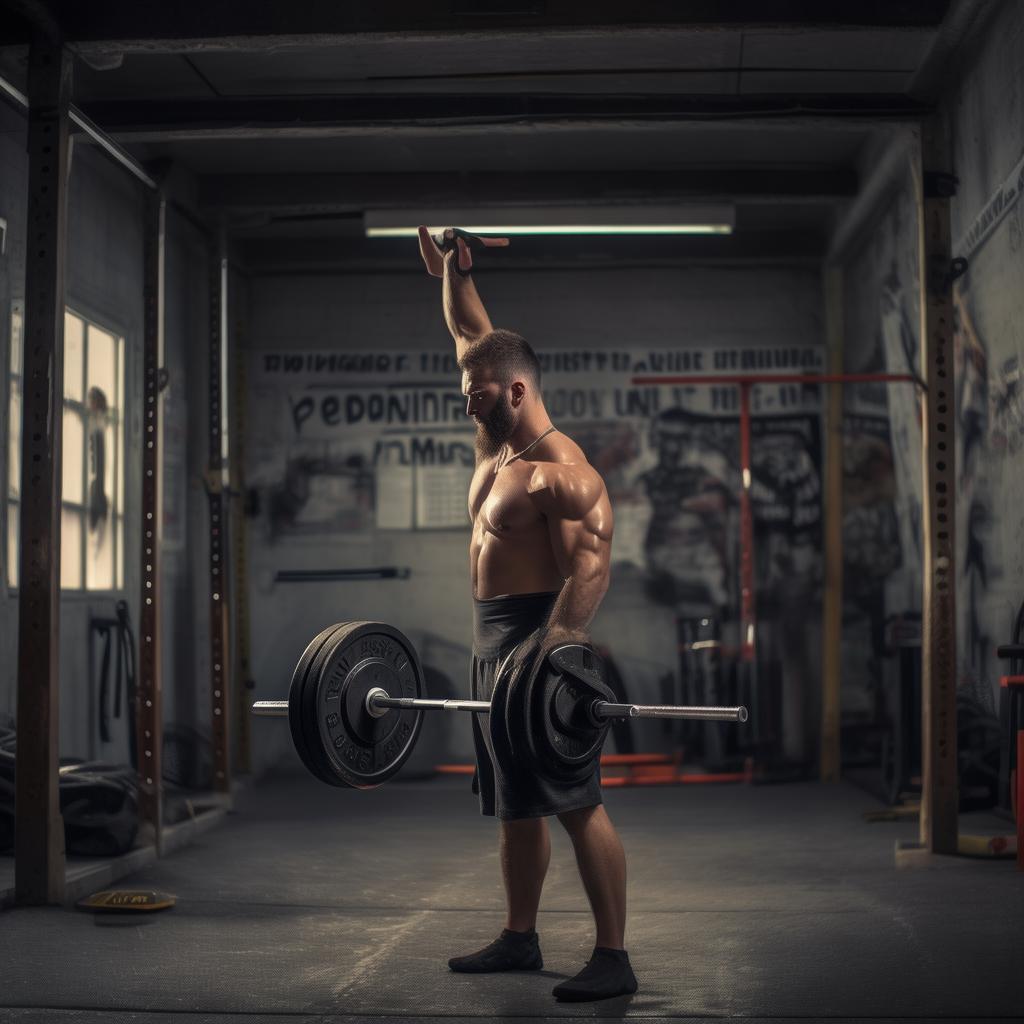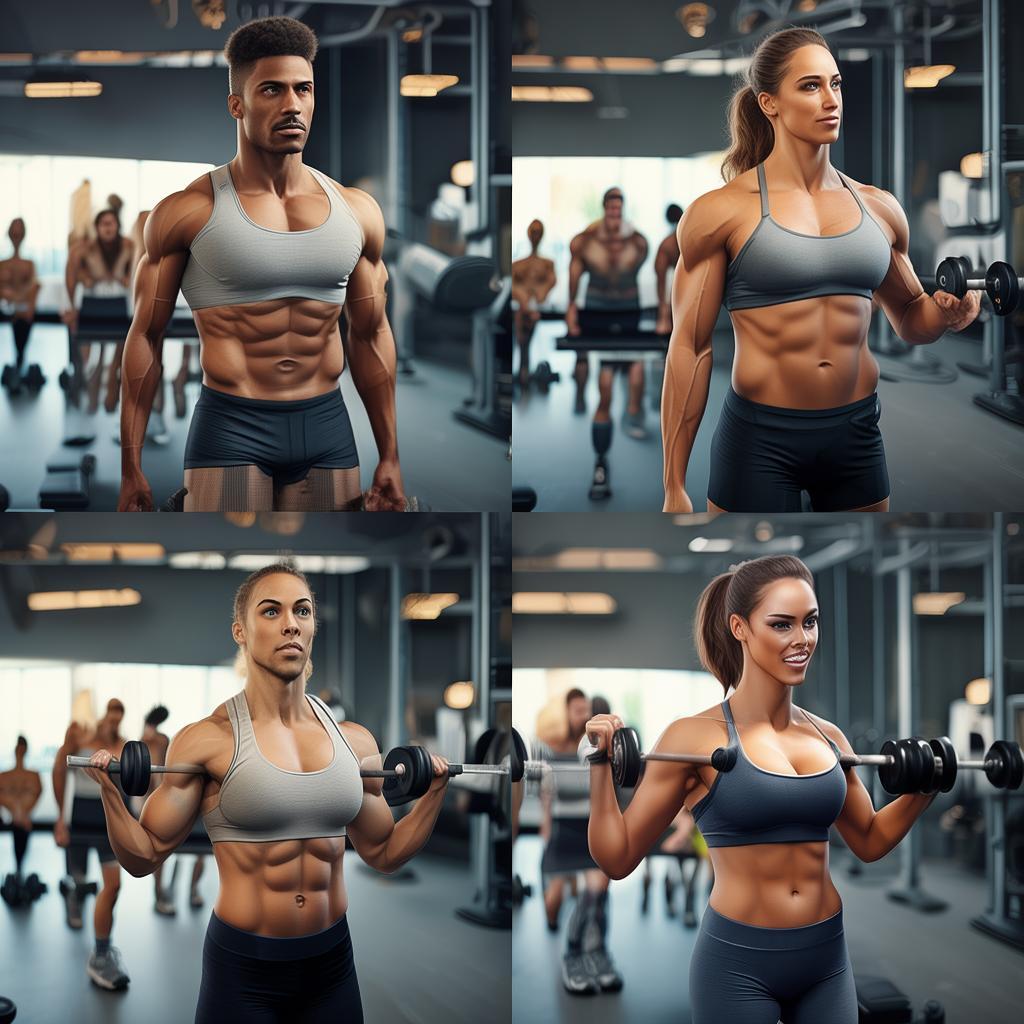Introduction
Have you ever thought about changing your regular two – arm gym routine to one – arm exercises? There was a determined young man with a lower – leg amputation who continued to squat in the gym after getting a prosthetic leg, inspiring others to push harder. But what if we were missing an arm? Well, today we’re not discussing fitness for those with only one arm, but rather the benefits of trying one – arm versions of our usual two – arm movements.
The Benefits of One – Arm Training
The issue of left and right muscle imbalance is common among many of us. One – arm training can be a great way to regulate this. Moreover, completing exercises with one hand not only alters the stimulation of the target muscles but also significantly activates the stability – maintaining and supporting muscles. Studies have shown that unilateral training can increase the strength of the limb by 20%.
One – Arm Exercises to Try
1. One – Arm Barbell Row
Dumbbells are designed for one – hand use, but replacing them with a barbell in a row exercise presents a new challenge. The arms and back have to work hard to keep the bar parallel to the floor. It’s recommended to do a barbell single – arm row every two to three months. The method is as follows: Place one knee and the corresponding hand on a flat bench, with the other foot beside it. Grasp the barbell in the middle with the other hand, with the arm hanging down. Pull the barbell upwards to the waist, bending the elbow and bringing it in above the back plane while fully contracting the shoulder blades inwards. Then lower the weight along the same path, repeat, and switch sides, maintaining control throughout.
2. One – Arm Pull – Ups
One – arm pull – ups can be seen as a bit of a show – off move, similar to one – armed push – ups, but they are great for building strength. Start by setting a goal of 10 reps per arm and complete them in multiple sets if needed. You can alternate between arms. The method is: Grasp the bar with one hand and the wrist with the other, hanging freely with arms fully extended and ankles crossed behind. Contract the latissimus dorsi and biceps to lift the body and try to touch the chin to the bar. Hold at the top and then lower back to the starting position. If you can’t do a full rep initially, start by pulling up with both arms and lowering with one arm, gradually increasing the reps and sets.
3. One – Arm Dumbbell Push – Ups
When doing a bench press with two dumbbells, there is a certain balance, but lowering one dumbbell challenges the core, upper body, and even the legs to adjust to the weight difference. Adjust the bench angle (plank or incline). Lie face – up on the bench with feet flat on the floor, hold a dumbbell in one hand on the outside of the shoulder, and use the other hand for support. Push the dumbbell upwards towards the ceiling, stopping just before the elbow locks, and then lower it back down and repeat.
4. One – Arm Barbell Side Plank
Similar to the one – arm barbell row, the one – arm barbell side plank requires many secondary muscles to prevent the barbell from swinging. You can try different forms of planks with the barbell. Keep your feet shoulder – width apart, core tight, chest up, and shoulders tucked. Hold the barbell in a counter – grip at the hip position and raise it outwards in a wide arc without using inertia, holding for a second at shoulder height and then lowering it back down.
5. Prone One – Arm Skull Crusher
When doing stretches, replacing dumbbells with a barbell or ez – barbell can change the muscle sensation. Unilateral training forces maximum stress on each arm and requires secondary muscle groups for support. Lie face – up on a bench with feet flat on the floor, hold a dumbbell in one hand and use the non – working hand for support. Extend the working arm upwards, then move it backwards to a 45 – degree angle above the head. Lower the dumbbell towards the side of the head, feeling the triceps stretch, pause when the elbow reaches 90 degrees, and then extend the arm to press the weight back to the starting position.
One – arm movements can bring new interest to your training and accelerate your progress. So, don’t hesitate to give them a try in your next gym session!





